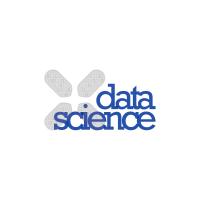Abstract
Assessing a colony’s state is one of the key components in apiculture. In recent years precision apiculture has emerged as a field of study to quantify the analysis of beehives with objective sensors (e.g. temperature within the beehive).
One objective of analysis is the study of semantically consecutive time spans, sometimes covering several months. A common task for example could be detecting the different breeding periods in a year. A change in semantics is called a change point, which can be detected by rule-based knowledge (for example from the beekeeper), or an automated procedure called change point detection (CPD). Detecting the onset of succinct periods enables the beekeeper to provide specific care for each period.
Within these longer time spans, short term events can occur, mostly specific to the semantic context. For example swarming can only occur in the summer breed rearing period. On the other hand, the death of a colony is more likely to happen during the winter seasons. These events are also known as anomalies, as they deviate from the expected normal behavior during that time span. Like for CPD, anomalies can be detected via certain rules, or automatically detected using an anomaly detection algorithm.
In this study we investigate the use of machine learning algorithms to analyze a beehive’s state. With the data from multiple precision apiculture projects (BeeConnected, we4bee, HOBOS), we evaluate different algorithms to this end. This also enables us to not only study behavior at different locations but also with different sensor setups. We study the usage of single and multiple temperature sensors, but also integrate a scale for our purposes, and evaluate which combination of sensors yields the best results from an algorithmic standpoint. Besides quality of detection, we can also assess the applicability of specific sensors for beekeepers, keeping ease of use in mind.
We hope our studies support beekeepers to gain new insight into their colonies for a better understanding. This also creates a feedback loop with the algorithms to improve prediction quality in the future.
